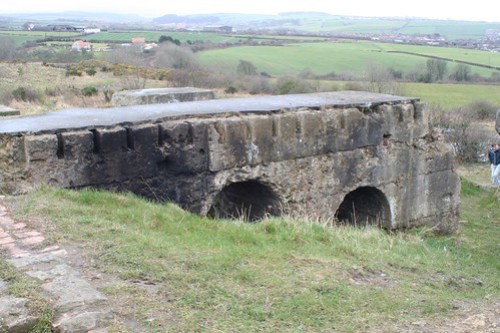Making sure to be aware of the tides, the trip between Staithes and Port Mulgrave is a good one, unfortunately I forgot the memory card in the camera, so only phone photos this time.
Old Nab has the remains of ‘bord and pillar’ working now clearly visible on the shore



Along much of the northern part of Brackenberry Wyke exposes the ‘Pecten’ Ironstone seam, with the fossil shells the seam is named after covering the area.


A large adit into ironstone seams is visible in the cliff at the north end of the Wyke, these workings once extended up to 1km inland although now they are collapsed after a very short distance, the cliff above is also very unstable with stones constantly falling.



A smaller collapsed adit is visible just a few meters south of the larger one


Much further to the south, just before the large landslip known as Sheepstones, there is another large adit.


However this is a good distance up the cliff and its impossible to tell if it travels from any distance, it would seem extremely unlikely given the fragile nature of all the cliffs in this area.



 Show on map
Show on map








































































